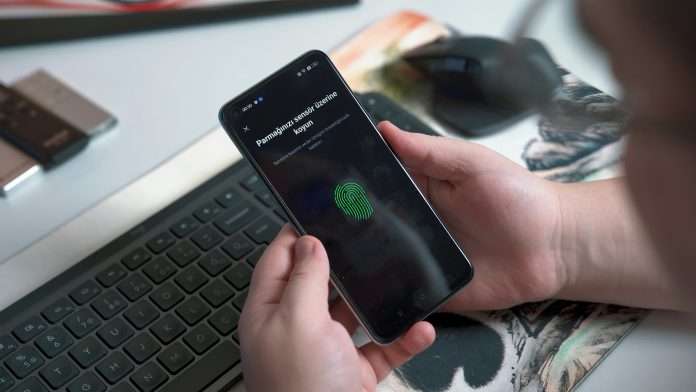Biometric verification represents a significant advancement in security technology, utilising unique biological traits such as fingerprints and facial patterns to confirm an individual’s identity.
According to AIPrise, this shift from traditional passwords and PINs to biological identifiers not only increases security but also streamlines access management. As the global landscape evolves towards more sophisticated security solutions, biometric verification stands out for its ability to provide reliable protection against identity theft and fraud.
There are several types of biometric verification, each employing different biological traits to ensure high security and accuracy. Fingerprint recognition is one of the most commonly used methods, especially in smartphones, enabling swift and secure access to devices and applications. Voice recognition technology uses unique vocal patterns for identity verification, commonly in customer service and virtual assistants.
Facial recognition technology applies AI to analyse facial features for secure system access. More advanced methods like iris and retina pattern recognition and vein recognition offer heightened security levels, making them ideal for high-security environments like airports and military bases.
The biometric verification process involves capturing a biometric trait using specialised hardware, converting it into a digital template, and storing it securely. Verification occurs by comparing new biometric data captured during access attempts against the stored template. If the data matches, access is granted, ensuring that only authorised individuals can access sensitive information or areas.
Biometric verification is increasingly used across various sectors to bolster security and reduce fraud risks. Airports use facial and fingerprint recognition for efficient traveller identity verification. In the banking sector, biometrics secure online transactions and ATM withdrawals. Workplaces and healthcare facilities employ biometrics for access control and patient identity verification, significantly enhancing security and operational efficiency.
Remote identity verification has become crucial in today’s digital world, enabling businesses to verify identities securely without face-to-face interactions. This is particularly relevant for banking and finance, where Know Your Customer (KYC) compliance is critical. By integrating document verification with biometric technologies, companies can achieve secure and compliant customer onboarding processes.
When comparing biometric verification to traditional password systems, biometrics offer superior security and user convenience, although they come with higher initial costs and potential privacy concerns. Unlike passwords, biometric traits are difficult to replicate or forge but pose risks if compromised since they cannot be changed like passwords.
The storage and management of biometric data raise significant security concerns, particularly around the risks of data breaches. Ensuring that biometric data is protected through robust encryption and secure storage solutions is paramount to prevent unauthorized access and identity theft.
Biometric verification technologies are revolutionizing the way organizations handle security, offering both enhanced protection and user convenience. As these technologies become more integrated into everyday security applications, their role in shaping a secure digital future continues to grow.
Keep up with all the latest FinTech news here.
Copyright © 2024 FinTech Global











